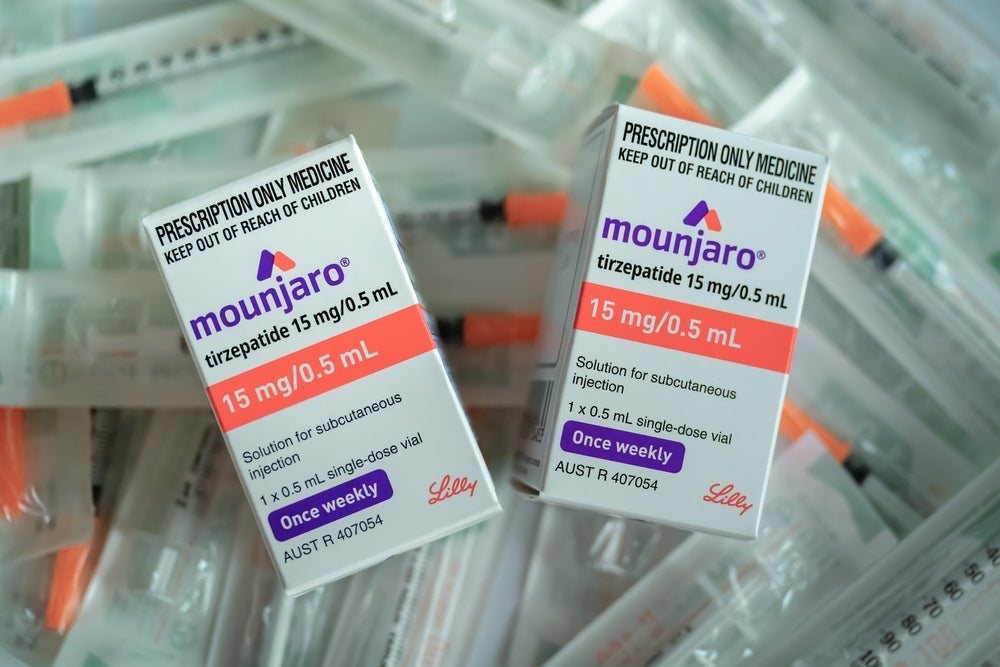Bronchiectasis is defined by the permanent and abnormal damage to the bronchi, causing dilation and scarring, and usually occurs in the context of chronic airway infection and inflammation, often with thick and difficult-to-clear mucus. Bronchiectasis occurs across age groups but is most prevalent in adults and more common in females. Symptoms vary from excessive coughing, chest discomfort, and even weight loss, exacerbating other symptoms such as breathlessness.
There are currently no approved therapies for the treatment of bronchiectasis; although some off-label medicines do exist, they only alleviate symptoms and manage frequent infections. There have recently, however, been some notable developments towards improving the care of bronchiectasis patients. These include the ongoing clinical development of AstraZeneca’s Fasenra (benralizumab), Insmed’s brensocatib and Novartis’ icenticaftor (QBW251).
Antibiotics are widely used in the management of bronchiectasis because they clear the frequent infections and prevent further decline of lung function, and thus remain a key part of the treatment paradigm. Short and long-acting bronchodilators, such as albuterol and formoterol, are also used in the management of bronchiectasis to alleviate symptoms such as chest tightness and to aid mucociliary clearance. Mucolytics are another key group of therapies used to treat bronchiectasis as they act as mucus-thinning agents, making the phlegm less thick and sticky; this helps patients clear mucus and cough it up, which in turn provides relief for patients.
The lack of approved treatments with disease-modifying mechanisms of action (MOAs) for this condition demonstrates that there is a clear need for more targeted therapies that limit and control this burdensome disease. Based on the recent boost of interest by drug developers in targeting bronchiectasis, GlobalData believes that great strides will be made over the next decade toward better management of the disease.
Fasenra (benralizumab), an interleukin (IL) 5α receptor antagonist indicated for the treatment of severe eosinophilic asthma, is currently being investigated in the Phase III MAHALE trial (NCT05006573). Although this trial is not expected to read out until June 2024, data from other respiratory trials such as chronic obstructive pulmonary disease (COPD) and eosinophilic asthma suggests that Fasenra may be efficacious in patients whose presentation of bronchiectasis is eosinophilic.
See Also:
Another promising Phase III agent is brensocatib, an oral selective and reversible dipeptidyl peptidase 1 (DPP-1) inhibitor. The DPP-1 inhibitor is being investigated in the Phase III ASPEN trial (NCT04594369), which is expected to read out in March 2024, but Phase II data already suggests that this agent has a good safety and efficacy profile. The Phase II WILLOW trial (NCT03218917) assessed the efficacy, safety, tolerability and pharmacokinetics of brensocatib and has reported positive results.
How well do you really know your competitors?
Access the most comprehensive Company Profiles on the market, powered by GlobalData. Save hours of research. Gain competitive edge.

Thank you!
Your download email will arrive shortly
Not ready to buy yet? Download a free sample
We are confident about the unique quality of our Company Profiles. However, we want you to make the most beneficial decision for your business, so we offer a free sample that you can download by submitting the below form
By GlobalDataOver 24 weeks, brensocatib contributed to a reduction of neutrophil serine protease activity in patients with bronchiectasis; this is significant because a reduction in neutrophil serine protease activity led to a reduction in inflammation, which in turn resulted in fewer exacerbations versus placebo. Key opinion leaders (KOLs) interviewed by GlobalData anticipate that brensocatib may be a gamechanger due to its unique profile and is expected to be used in a larger group of patients.
Novartis is developing icenticaftor (QBW251), a cystic fibrosis transmembrane conductance regulator (CFTR) potentiator. It is currently being investigated in a Phase IIb trial (NCT04396366) assessing its safety, tolerability, pharmacokinetics and pharmacodynamics. CFTR modulators are widely used in the treatment of cystic fibrosis (CF), which is characterised by homozygous mutations in the CFTR genes. CFTR modulators work by binding to the defective CFTR protein, improving its function, and in turn reducing the build-up of thick mucus.
Moreover, there is a strong overlap between the pathophysiology of CF and bronchiectasis, and in fact, some patients with bronchiectasis have a heterozygous mutation for the CFTR mutation. The trial is expected to complete in November next year, but without any solid safety and efficacy data, it is difficult to comment on the potential of this agent. Although KOLs interviewed by GlobalData mentioned that it is a promising MOA, it is unknown if the therapy will be effective in bronchiectasis patients without CFTR mutations or mucociliary clearance issues.
Considering the growing awareness of bronchiectasis and the pipeline activity, GlobalData believes novel therapies such as Fasenra, brensocatib and icenticaftor will greatly improve the management of this burdensome disease. But even if these agents are approved, they are unlikely to fully meet the needs of bronchiectasis patients. As such, the opportunity remains for developers to continue to conduct clinical research in this area, with the hopes of more MOAs to enter the space in the future.









Related Company Profiles
Novartis AG
AstraZeneca Plc
Insmed Inc